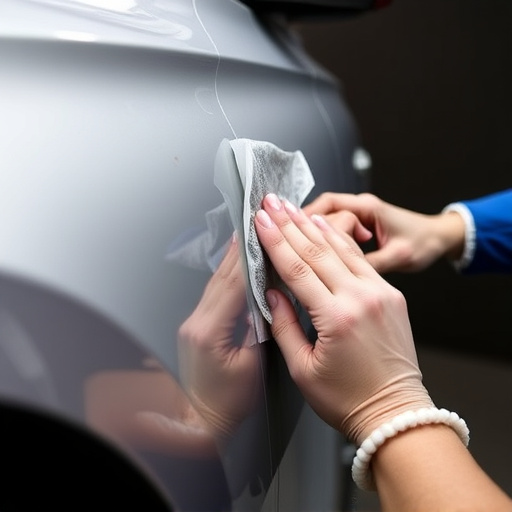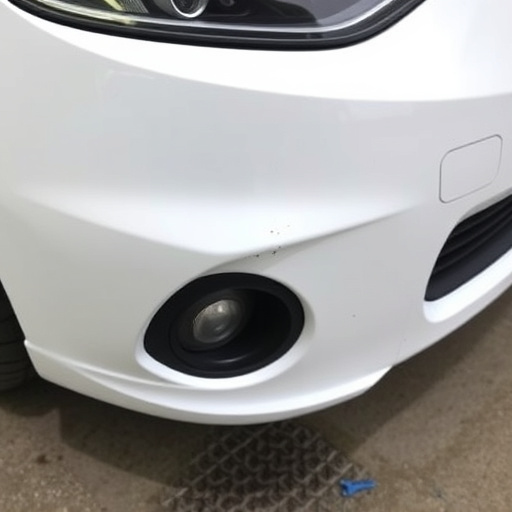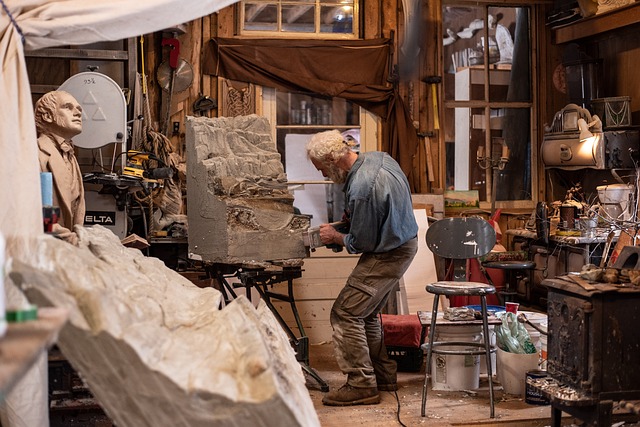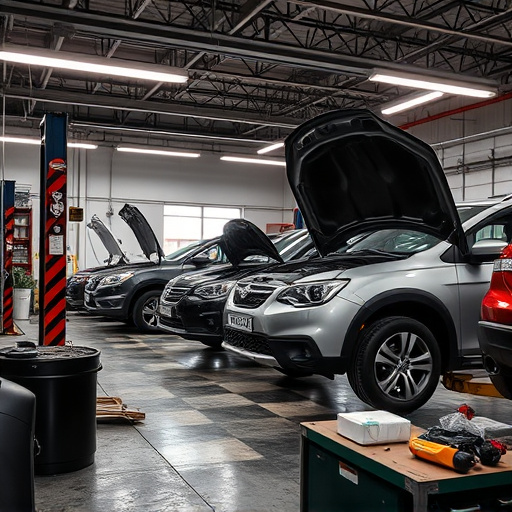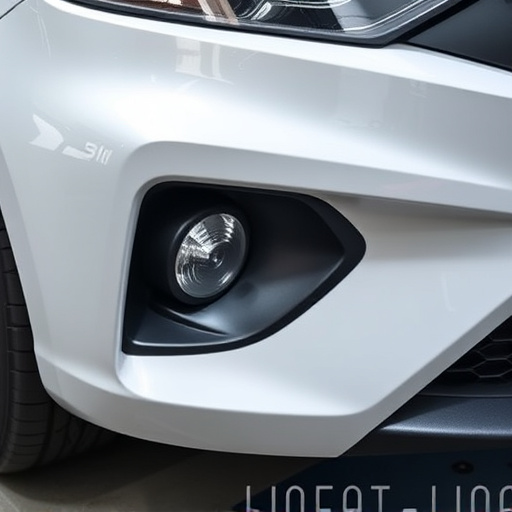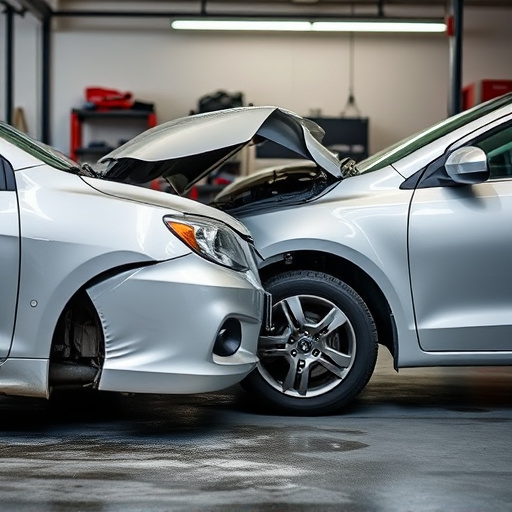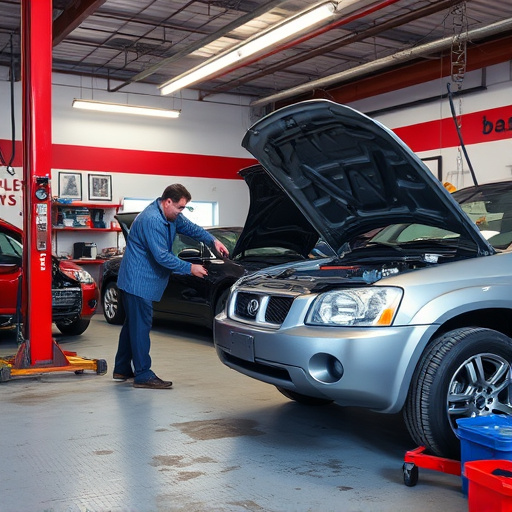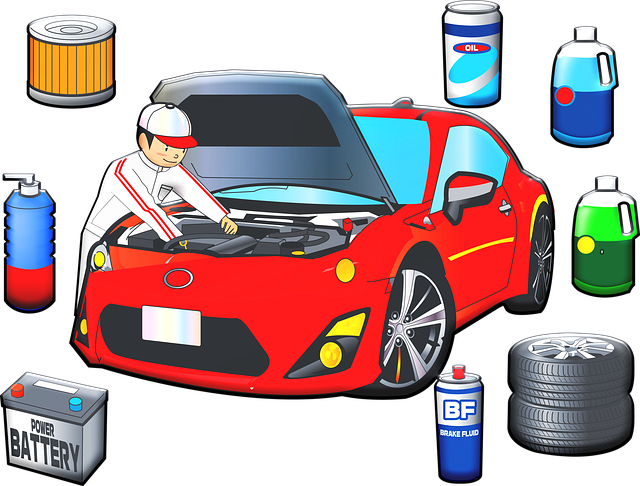Pedestrian safety features repair is a vital aspect of modern vehicle maintenance, focusing on impact-absorbing body panels, airbags, and crumple zones. This process requires specialized tools and precise testing to integrate safety mechanisms effectively. System testing includes dynamic and static evaluations, identifying issues early. Certified technicians conduct meticulous inspections and repairs, adhering to industry standards and local regulations, ensuring enhanced pedestrian protection without compromising aesthetics or functionality in urban environments.
Pedestrian safety features repair is a critical process that ensures the well-being of those on foot. This article delves into the comprehensive system testing approach integral to repairing these vital features. From understanding the essential safety components to implementing effective repairs, each step demands meticulous attention. By employing rigorous system testing, we ensure that pedestrian safety measures function optimally, fostering secure and accessible environments for all.
- Understanding Pedestrian Safety Features
- System Testing: A Comprehensive Approach
- Repair Process: Ensuring Effective Implementation
Understanding Pedestrian Safety Features
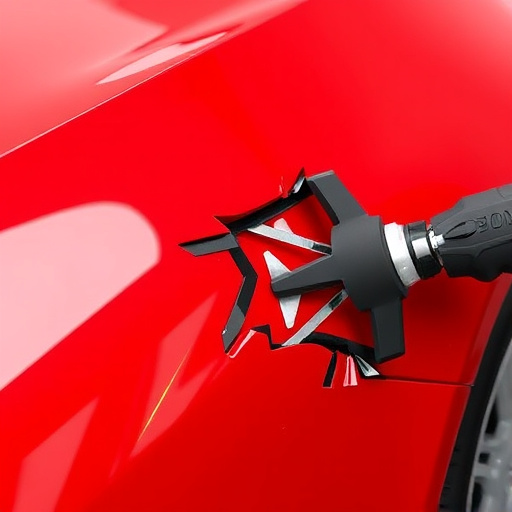
Pedestrian safety features are integral components of modern vehicles designed to protect both occupants and outsiders in the event of a collision. These include but are not limited to impact-absorbing body panels, advanced airbags, seatbelt pre-tensioners, and crumple zones. Ensuring their proper functionality is paramount for maintaining optimal safety standards. When undertaking pedestrian safety features repair, thorough system testing becomes indispensable.
Auto body repairs involving these safety features require meticulous attention to detail and the use of specialized tools. Classic car restoration experts or top-tier auto repair services employ diagnostic equipment to assess each component’s integrity. This rigorous process includes simulating real-world scenarios to verify the interconnection between various systems, ensuring they function seamlessly as a unified defense mechanism against potential hazards on the road.
System Testing: A Comprehensive Approach
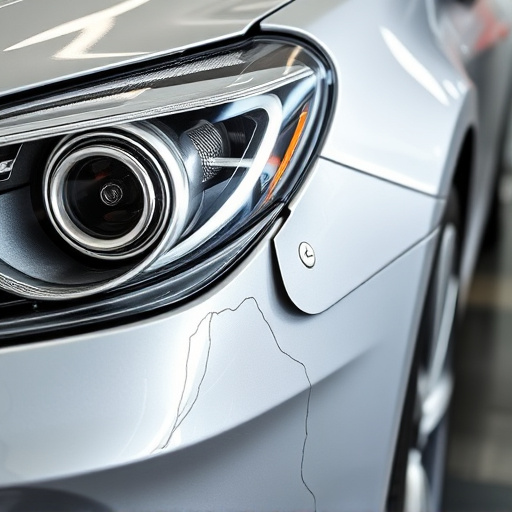
System Testing is a critical component of ensuring comprehensive pedestrian safety features repair. It involves rigorous evaluation of various systems within a vehicle to guarantee their optimal functioning and compatibility after repairs or modifications related to pedestrian safety. This process goes beyond basic visual inspections, delving into dynamic and static system checks. Dynamic testing assesses the vehicle’s performance under real-world conditions, simulating scenarios like braking, acceleration, and cornering to ensure safe and responsive handling. Static tests, on the other hand, verify the integrity of components through measurements, force analysis, and component replacement, focusing on structural soundness and proper alignment after auto body services or frame straightening.
This comprehensive approach ensures that every aspect of the vehicle’s safety systems is thoroughly scrutinized, identifying potential issues early in the repair process. By integrating system testing into their workflow, automotive experts can deliver top-notch pedestrian safety features repair, enhancing road safety for all. This meticulous testing plays a pivotal role in ensuring vehicles meet stringent safety standards and provide reliable protection to pedestrians in case of accidents, thereby underscoring the importance of high-quality vehicle repair services.
Repair Process: Ensuring Effective Implementation
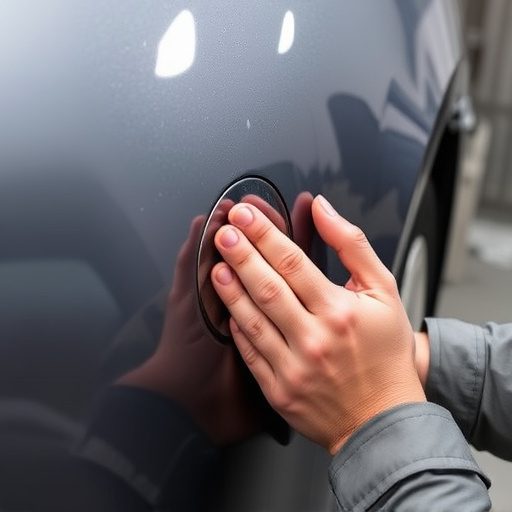
The process of repairing pedestrian safety features involves a meticulous approach to ensure their effective implementation. It begins with a thorough inspection to identify damaged or faulty components, ranging from reflective strips on road markings to traffic signals and crosswalk signage. Each element is crucial for maintaining safe walking environments. Once identified, the repair process involves replacing or rectifying these features, often requiring specialized tools and expertise. For instance, vehicle dent repair techniques might be employed to fix broken signs, while precise painting and refinishing could restore reflective surfaces.
The key lies in ensuring these repairs align with industry standards and local regulations. Fleet repair services or vehicle body shops specializing in safety feature restoration play a vital role here. They employ certified technicians who understand the intricacies of these systems, guaranteeing that each repair enhances pedestrian safety without compromising aesthetics or functionality. This meticulous attention to detail is essential, as these features are integral to navigating bustling urban landscapes and ensuring folks’ safety while on foot.
Pedestrian safety features repair is not just about fixing roads; it’s a meticulous process that involves understanding and testing systems to ensure effective implementation. By integrating comprehensive system testing, we can enhance overall pedestrian safety, fostering a secure environment for everyone who walks our streets. This multi-step approach, from understanding critical safety features to rigorous repair processes, is vital in creating sustainable, livable communities.
